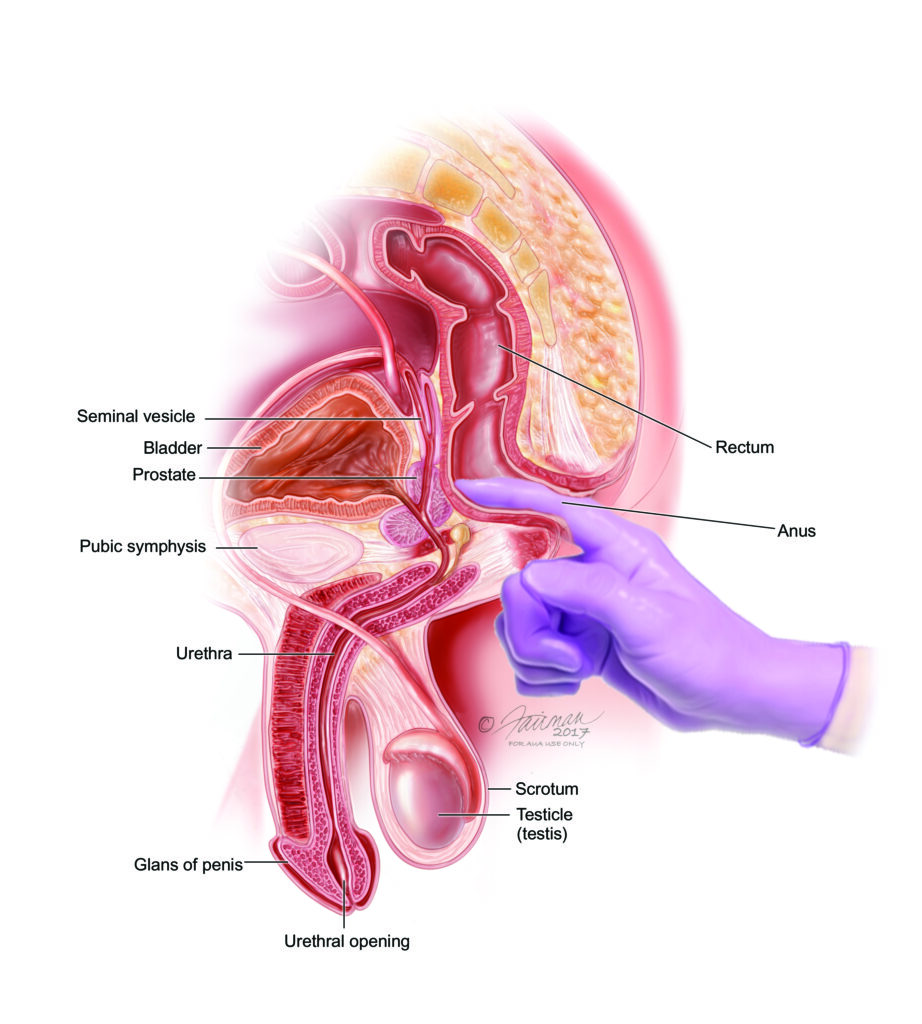Prostatic carcinoma, commonly known as prostate cancer, remains a leading cause of cancer-related morbidity and mortality among men worldwide. Early detection, accurate staging, and evolving treatment modalities have significantly improved clinical outcomes. This article provides a comprehensive analysis of the disease’s pathology, clinical presentation, diagnostic strategies, therapeutic options, and emerging trends in management.

Understanding Prostatic Carcinoma: Definition and Pathogenesis
Prostatic carcinoma originates in the epithelial cells of the prostate gland and most frequently presents as adenocarcinoma. The disease spectrum ranges from indolent tumors to aggressive malignancies with potential for local invasion and distant metastases.
Key factors involved in pathogenesis:
- Genetic predisposition: Mutations in BRCA1/2, HOXB13, and family history
- Hormonal influences: Androgens such as testosterone and dihydrotestosterone drive tumor growth
- Environmental exposures: Diet high in red meat and low in fiber, exposure to toxins
- Chronic inflammation: Long-term prostatitis may contribute to malignant transformation
Symptoms and Clinical Presentation of Prostatic Carcinoma
Early-stage prostatic carcinoma is often asymptomatic. As the disease progresses, it may present with:
- Lower urinary tract symptoms (LUTS): Hesitancy, weak stream, nocturia, incomplete voiding
- Hematuria or hematospermia
- Pelvic discomfort or pain
- Back pain or lower extremity weakness in cases of spinal metastasis
- Elevated PSA (Prostate-Specific Antigen) levels during routine screening
Diagnostic Evaluation and Screening Protocols
PSA Testing and Digital Rectal Examination (DRE)
PSA testing is the cornerstone of prostate cancer screening. PSA is a glycoprotein produced by prostatic epithelial cells and is elevated in malignancy and benign conditions.
DRE allows clinicians to detect abnormalities in prostate texture, size, or nodularity.
Prostate Biopsy and Histopathological Grading
Patients with suspicious PSA levels or abnormal DRE findings undergo transrectal or transperineal prostate biopsy. The biopsy confirms malignancy and provides a Gleason score, which stratifies the tumor based on architectural patterns:
- Gleason Score ≤6: Low-grade tumor
- Gleason Score 7: Intermediate-grade
- Gleason Score 8–10: High-grade, aggressive disease
Staging and Risk Stratification of Prostatic Carcinoma
TNM Classification and Risk Groups
Prostatic carcinoma is staged using the TNM system:
- T (Tumor): Size and extent of primary tumor
- N (Nodes): Involvement of regional lymph nodes
- M (Metastasis): Presence of distant metastases
Risk stratification includes:
- PSA level
- Gleason score
- Clinical stage (T1–T4)
Risk categories: Low, Intermediate, High, Very High
Treatment Modalities Based on Stage and Risk Profile
Active Surveillance
Recommended for low-risk, localized disease in older patients or those with comorbidities.
- Regular PSA testing
- Repeat biopsies
- Imaging surveillance
Definitive Local Treatment
Radical Prostatectomy:
- Complete removal of the prostate gland
- Indicated in localized disease with curative intent
Radiation Therapy:
- External Beam Radiation Therapy (EBRT)
- Brachytherapy (internal radiation seeds)
Systemic Therapies for Advanced Disease
Androgen Deprivation Therapy (ADT):
- LHRH agonists/antagonists or orchiectomy
- Used in metastatic or high-risk localized disease
Chemotherapy:
- Docetaxel-based regimens for hormone-resistant cases
Novel agents:
- Abiraterone, Enzalutamide (androgen receptor blockers)
- PARP inhibitors for BRCA-mutated cancers
Prognosis and Survival Outcomes
Prognosis is influenced by:
- Tumor grade and stage
- PSA levels at diagnosis
- Response to initial treatment
- Presence of genetic mutations
5-year survival rate:
- Near 100% for localized disease
- Drops significantly for distant metastases (~30%)
Prevention Strategies and Risk Reduction
- Routine screening starting at age 50, or earlier for high-risk individuals
- Dietary modifications: Low-fat, plant-based diets rich in antioxidants
- Physical activity and weight management
- Avoidance of smoking and excessive alcohol consumption
Emerging Research and Innovations
- Liquid biopsies for early detection and monitoring
- AI-assisted imaging for enhanced diagnostics
- Immunotherapy trials exploring checkpoint inhibitors
- PSMA-targeted radioligand therapy for advanced metastatic disease
Prostatic carcinoma encompasses a wide clinical spectrum requiring individualized management strategies. Advances in molecular diagnostics, imaging, and targeted therapies are transforming the landscape of prostate cancer care. Ongoing research and early intervention remain pivotal to improving survival outcomes and quality of life for patients diagnosed with this common yet complex malignancy.